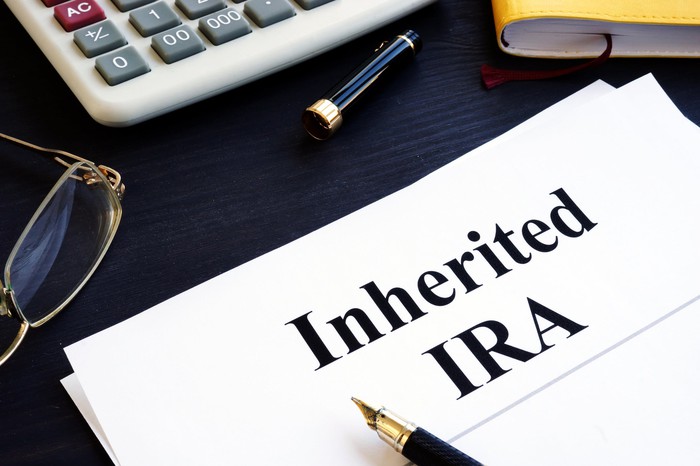Under the old stretch rules:
Suppose you inherited the IRA in 2019, meaning it's grandfathered in under the old stretch rules and the SECURE Act doesn't apply. You could take RMDs based on the IRS uniform life expectancy tables, which use your age to estimate your remaining life span.
The IRS at that time estimated a 35-year-old would live another 48.5 years. You'd divide the $1 million account balance by 48.5 years to get your RMD. You could stretch the RMDs out using the same calculation, adjusted for the account balance and your age, for as long as you live. By minimizing your annual withdrawal, you'd maximize the account's tax-free growth.
Under the Secure Act rules:
You can take the entire $1 million at once in a lump sum, spread withdrawals out over a decade, or withdraw it all at the end of year 10. Regardless of which option you choose, there can't be any remaining balance within 10 years of the original owner's death.
Who can continue to take stretch distributions?
Even for IRAs inherited in 2020 and beyond, there are some exceptions. The new law created a new category of beneficiaries called eligible designated beneficiaries (EDBs), who are still allowed to stretch distributions over their lifetimes. You're exempt from the new 2020 rules if one of the following applies:
- You're a surviving spouse.
- You're the minor child of the original owner. However, once you reach the age of majority, which is 18 in most states, you can no longer take RMDs based on your life expectancy. You have 10 years to withdraw the account balance. If you're in school, you can delay triggering the 10-year clock until you're 26.
- The account owner was less than 10 years older than you.
- You're chronically ill or disabled, as defined by the Internal Revenue Code.
What if there are multiple beneficiaries or inherited IRAs?
The rules get even more complicated if there are multiple beneficiaries. If one beneficiary is an EDB and another is a non-EDB, the EDB can stretch their distributions only if a separate account is established for them. Otherwise, the 10-year rule will apply for IRAs inherited post-SECURE Act.
If you have an IRA with multiple beneficiaries, it's often worthwhile to split the account yourself so you can tailor the investments for each beneficiary. If you're one of multiple IRA beneficiaries, you can still split the IRA, provided that you do so by Dec. 31 the year following the year of the original owner's death.
What if you've inherited multiple IRAs? You can't commingle the funds with your own retirement plan unless the original owner was your spouse, but you may be able to mix multiple accounts of the same kind, e.g., two traditional IRAs or two Roth IRAs. Due to the complexity involved, it's best to consult a tax advisor.


